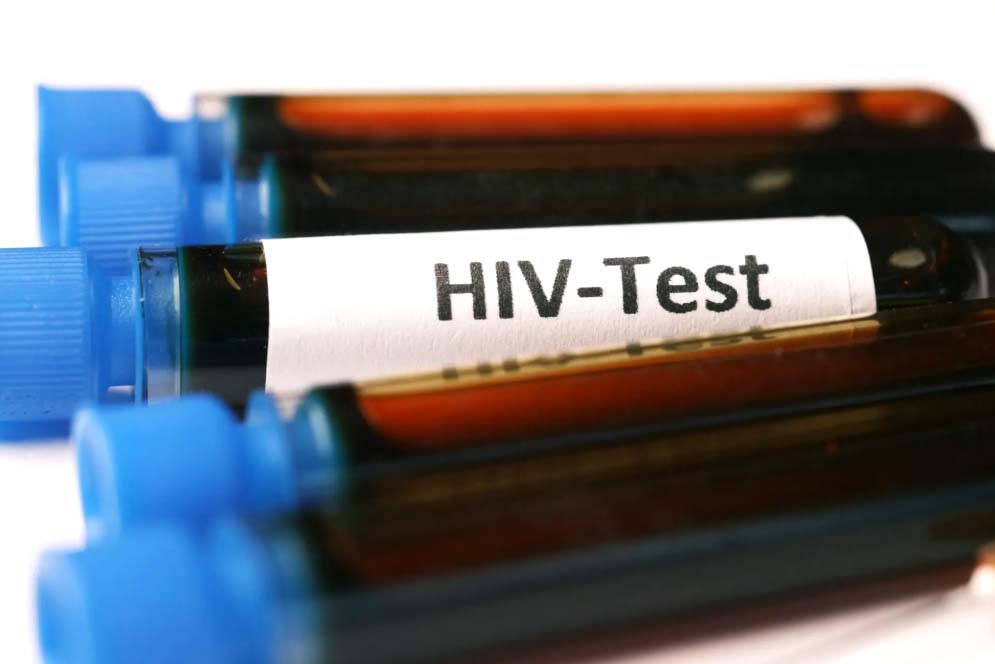The number of people living with HIV in South Africa continues to rise, surpassing eight million in 2024. This is according to just-released estimates from Thembisa, the leading mathematical model of HIV and tuberculosis in South Africa. The eight million amounts to 12.8% of the population.
The continued rise is due to the fact that there are more people becoming newly infected with HIV than there are people with HIV who are dying. The increasing numbers are thus a reflection of the fact that antiretroviral medicines are keeping people alive who would otherwise have died.

There were an estimated 178,000 new HIV infections in 2023/24 (mid-2023 to mid-2024). Over the same period about 105,000 people with HIV died – 53,000 due to HIV-related causes and 52,000 for reasons not related to HIV.
The estimates of new HIV infections are slightly higher than in last year’s Thembisa publications. According to Dr Leigh Johnson of the University of Cape Town, the key developer of the Thembisa model, this is mainly because the model factors in new evidence that condom use is declining.
Treatment coverage: 78%
Of the eight million people living with HIV, about 6.2 million (78%) were taking antiretroviral treatment in 2024, so about one in five were not on treatment. Treatment is recommended for everyone living with HIV.
On the UNAIDS 95-95-95 targets, also endorsed in South Africa’s National Strategic Plan for HIV, TB and STIs 2023-2028, the middle target, helping people start and stay on treatment, continues to be the main area of underperformance. About 95% of people living with HIV in South Africa knew their status in 2024, about 81.5% of these were on antiretroviral treatment, and of those on treatment, about 92% had viral suppression. (Note that the 78% treatment coverage figure is the product of multiplying the performance on the first two 95 targets.)
There continue to be stark gender disparities in South Africa’s HIV epidemic. On the one hand, there are many more women living with HIV than men – 5.2 million compared with 2.6 million as of mid-2024. On the other hand, slightly more men died of HIV-related causes than women in 2023/24 – 27,100 compared with 24,200.
Worrying trends
One ongoing area of concern is that many people only start treatment once their immune systems have been severely compromised. In 2023/24, about 54,000 adults started treatment for the first time with CD4 counts below 200 cells/mm3. A CD4 count above 500 cells/mm3 is generally considered healthy. CD4 cells are a type of white blood cell that is vital to the functioning of the immune system. People who start treatment with low CD4 counts tend to have worse long-term outcomes.
The latest Thembisa outputs also contain worrying findings on the extent to which people drop in and out of care. In 2023/24, an estimated 714,000 people restarted antiretroviral treatment after having stopped for at least a month – about 326,000 of them had CD4 counts below 200 cells/mm3.

On a more positive note, the latest Thembisa outputs continue to show a rise in life expectancy in South Africa. As shown in the graph above, life expectancy declined severely round the turn of the century, largely due to people dying of Aids, but then increased over time as antiretroviral therapy started keeping people living with HIV alive. The blip in 2020 and 2021 is due to the Covid-19 pandemic. DM
Note: This article is based on outputs from Thembisa version 4.8 – published in late March 2025. We have quoted 2023/24 figures since they are based on more data, and thus more reliable than the estimates for 2024/25. We have rounded some numbers to make the text more accessible. Graphs were made using the R package ggplot2. Spotlight will soon publish an #InTheSpotlight special briefing in which we will unpack the Thembisa 4.8 outputs in more detail.
This article was first published by Spotlight – health journalism in the public interest. Sign up to the Spotlight newsletter.





